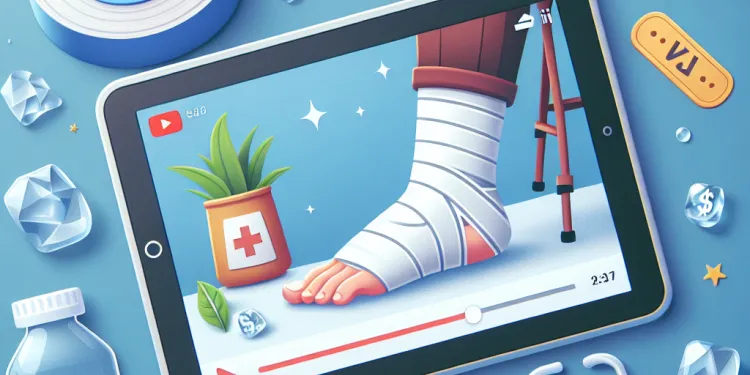
Find Help
More Items From Ergsy search
-
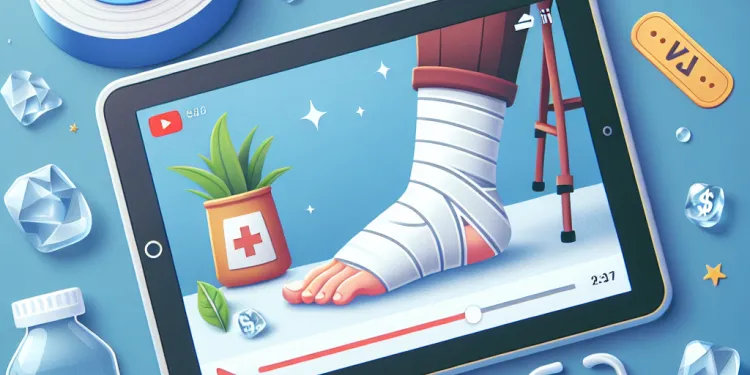
How to treat a sprained ankle
Relevance: 100%
-

Think Pharmacy: Sprains and Strains
Relevance: 56%
-
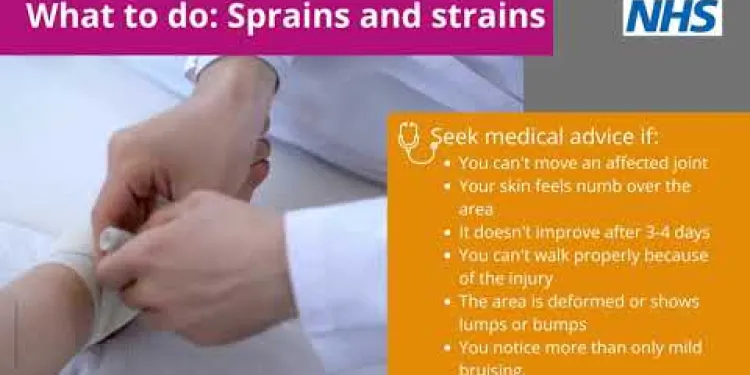
Self-care for sprains and strains
Relevance: 46%
-
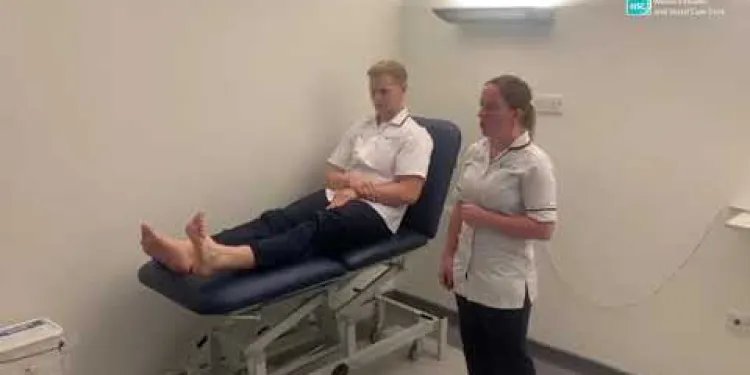
Physiotherapy Exercises following an Ankle Fracture
Relevance: 39%
-
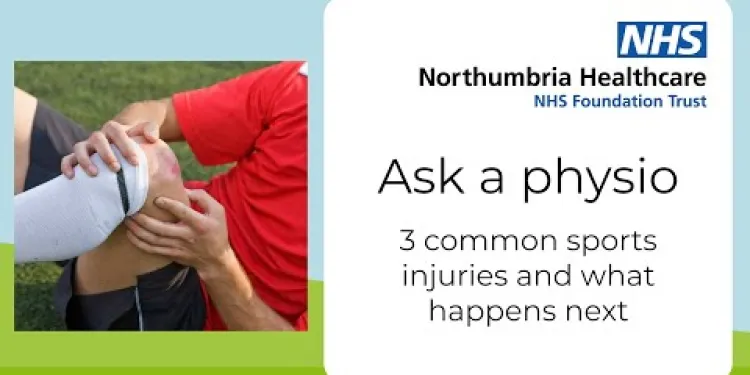
Ask a physio: 3 common sports injuries and what happens next
Relevance: 30%
-

Do chiropractors only treat the spine?
Relevance: 28%
-

Advice on sports injuries
Relevance: 20%
-

Can HPV be treated?
Relevance: 19%
-

Can appendicitis be treated with antibiotics?
Relevance: 19%
-

How to treat back pain | NHS
Relevance: 18%
-
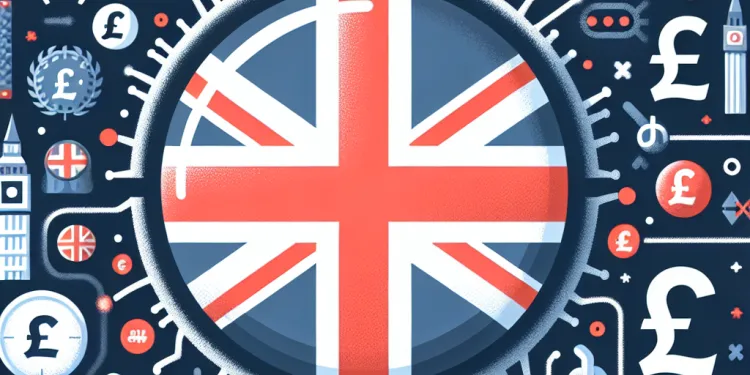
Can Lyme disease be treated?
Relevance: 18%
-

Can antibiotics treat norovirus?
Relevance: 18%
-

What areas can be treated with Botox?
Relevance: 17%
-

What conditions is Omeprazole used to treat?
Relevance: 17%
-

How is impetigo treated?
Relevance: 17%
-
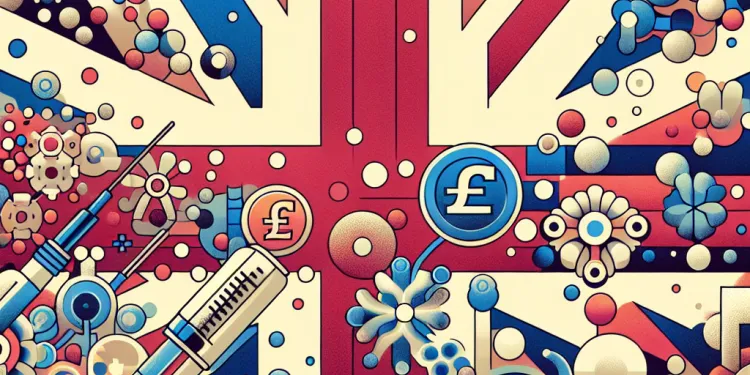
Can methanol poisoning be treated?
Relevance: 17%
-

Treating prostate cancer
Relevance: 17%
-

How to treat tonsillitis | NHS
Relevance: 17%
-

Can H3N2 be treated with antiviral medications?
Relevance: 17%
-

How is fungal meningitis treated?
Relevance: 16%
-

How to treat a scald burn
Relevance: 16%
-

How is sunburn treated?
Relevance: 16%
-
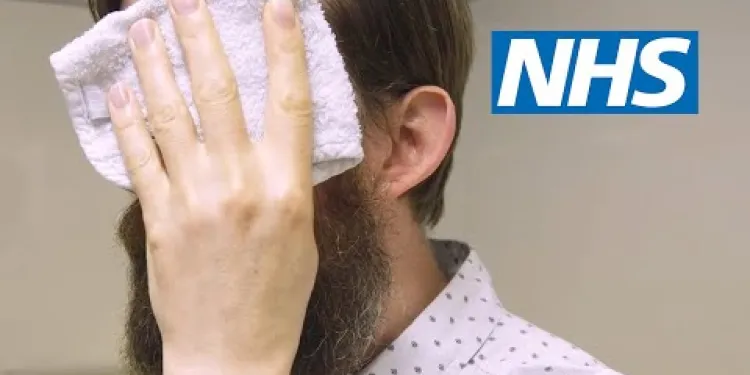
How to treat a stye | NHS
Relevance: 16%
-

How is sickle cell disease treated?
Relevance: 16%
-

What conditions is ketamine used to treat?
Relevance: 16%
-
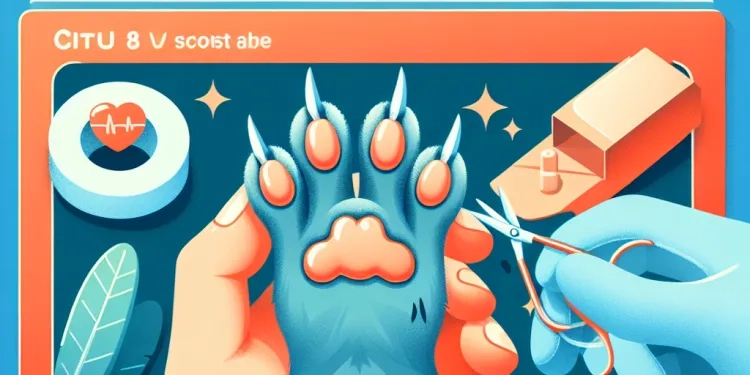
How to treat a cat bite
Relevance: 16%
-

Can E. coli infections be treated?
Relevance: 16%
-
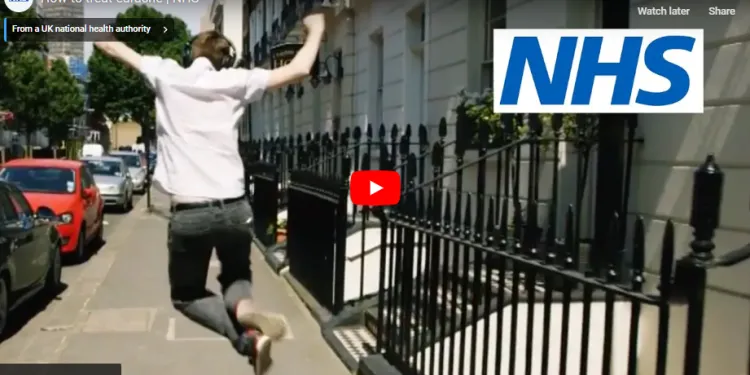
How to treat earache | NHS
Relevance: 16%
-

How do chiropractors treat back pain?
Relevance: 16%
-

Is Teplizumab used to treat diabetes?
Relevance: 16%
-

Treating flu (influenza)
Relevance: 16%
-

Treating anxiety and depression - www.slam.nhs.uk
Relevance: 16%
-
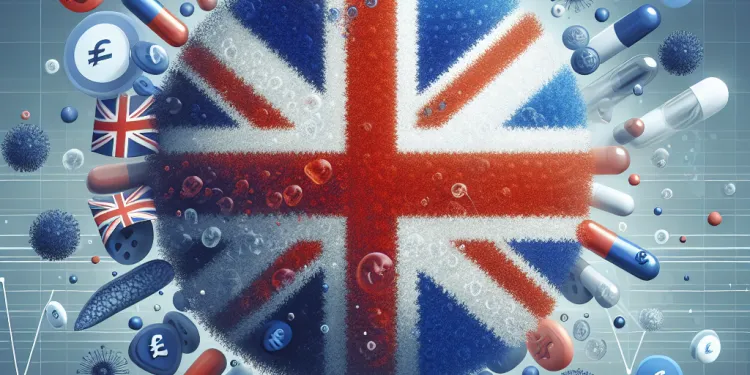
How effective are antibiotics in treating Lyme disease?
Relevance: 16%
-
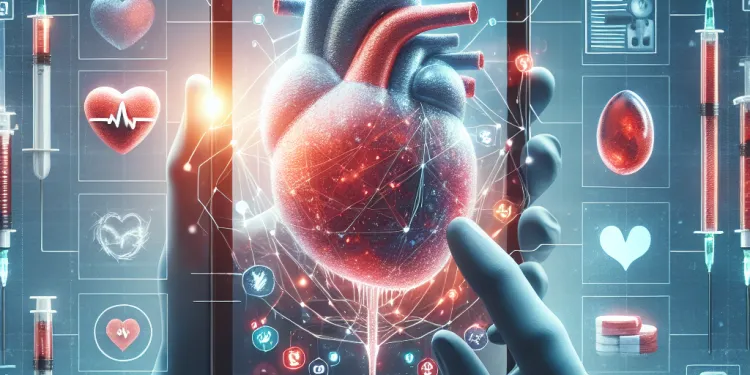
How is thrombosis treated?
Relevance: 16%
-

What antibiotics are used to treat gonorrhoea?
Relevance: 16%
-
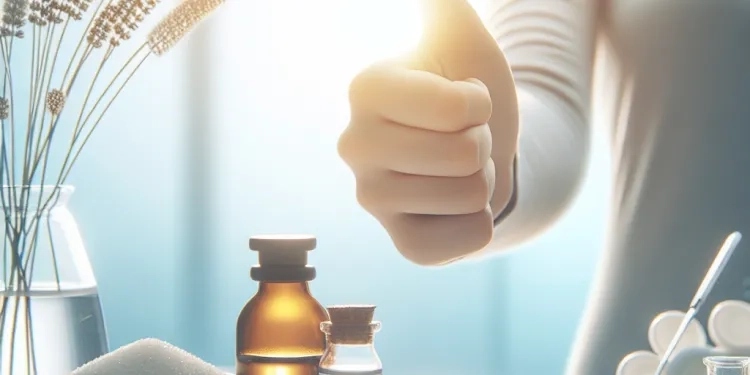
Can homeopathy treat all medical conditions?
Relevance: 16%
-

How to treat sinusitis | NHS
Relevance: 16%
-

What are some common conditions treated with homeopathy?
Relevance: 16%
-

Treating a sore throat
Relevance: 16%
-

How is chronic fatigue syndrome treated?
Relevance: 16%
How to Treat a Sprained Ankle
Recognising the Symptoms
A sprained ankle occurs when the ligaments that support the ankle stretch or tear. Symptoms can include pain, swelling, bruising, and difficulty walking. If you suspect a sprain, it’s important to begin treatment immediately to promote healing and prevent further injury.
Initial Treatment: The R.I.C.E Method
The R.I.C.E method is the cornerstone of initial sprained ankle treatment. It stands for Rest, Ice, Compression, and Elevation.
Rest: Avoid putting weight on the injured ankle. Rest is crucial to preventing further damage.
Ice: Apply an ice pack to the ankle for 15-20 minutes every 2-3 hours during the first 48 hours. Ice helps reduce swelling and numb the pain.
Compression: Use an elastic bandage to wrap the ankle snugly. Compression helps limit swelling, but be careful not to wrap it too tightly, as this could impede circulation.
Elevation: Keep the ankle raised above heart level whenever possible. Elevation helps reduce swelling and promotes drainage of fluids from the affected area.
Using Pain Relief Medication
Over-the-counter pain relievers such as paracetamol or ibuprofen can help manage pain and reduce inflammation. Always follow the dosage instructions and consult with a pharmacist or GP if you have any concerns or underlying health conditions.
When to Seek Medical Attention
While many sprains can be effectively managed at home, it’s important to seek medical advice if you experience severe pain, inability to bear weight, significant swelling, or if you suspect a more serious injury like a fracture. A healthcare professional can perform imaging tests and provide a more comprehensive treatment plan, potentially including physical therapy or the use of a brace or crutches.
Rehabilitation and Recovery
After the initial pain and swelling subside, gentle exercises can help restore flexibility, strength, and balance. Simple movements like ankle circles and toe raises can be beneficial. It’s crucial to gradually increase activity levels and avoid rushing the healing process to prevent re-injury. Listening to your body and not pushing through pain is critical during this phase.
Preventing Future Sprains
Strengthening the ankle and improving balance can reduce the risk of future sprains. Wearing supportive footwear, particularly during physical activities, and warming up before exercising can also help. If you’ve suffered multiple sprains, consult a physiotherapist for a tailored exercise program designed to enhance ankle stability.
By following these guidelines and taking appropriate measures, you can effectively treat a sprained ankle and support a full and speedy recovery.
How to Treat a Sprained Ankle
Initial Steps
When you first experience a sprained ankle, it's crucial to stop any activity and rest immediately to prevent further injury. Avoid putting any weight on the affected ankle until you have assessed the severity of the sprain.
The R.I.C.E Method
The R.I.C.E method stands for Rest, Ice, Compression, and Elevation—a standard first-aid procedure for treating sprained ankles.
- Rest: Limit movement to prevent worsening the injury
- Ice: Apply an ice pack to the sprained ankle for 15-20 minutes every one to two hours during the first 48 hours
- Compression: Use an elastic bandage to wrap the ankle snugly but not too tight to avoid cutting off circulation
- Elevation: Keep the sprained ankle raised above heart level as much as possible to reduce swelling
Over-the-Counter Medication
Over-the-counter pain relievers, such as ibuprofen or paracetamol, can help manage pain and reduce inflammation. Always follow the dosage instructions on the packaging and consult with a healthcare professional if you have any concerns.
Seeking Medical Advice
If the sprain is severe, or if you experience severe pain, inability to move the ankle, or significant bruising and swelling, seek advice from a healthcare professional or visit your nearest NHS walk-in centre or A&E department. A medical professional might recommend physiotherapy or further treatment such as crutches or a brace.
Recovery Tips
Gradually reintroduce movements and weight-bearing activities as the pain and swelling decrease. Gentle exercises to strengthen and improve the flexibility of the ankle can help speed up recovery. Consult a physiotherapist for a personalised rehabilitation plan. Wear supportive footwear and avoid high heels to prevent another sprain.
How to Treat a Sprained Ankle
Recognising the Symptoms
A sprained ankle happens when the bands supporting the ankle stretch or tear. You might feel pain, see swelling or bruises, and have trouble walking. If you think you have a sprain, it’s important to start treatment quickly to help it heal and stop it from getting worse.
Initial Treatment: The R.I.C.E Method
Use the R.I.C.E method to treat a sprained ankle. R.I.C.E stands for Rest, Ice, Compression, and Elevation.
Rest: Don’t put weight on your hurt ankle. Resting is important to stop more damage.
Ice: Put an ice pack on your ankle for 15-20 minutes every 2-3 hours during the first two days. Ice helps reduce swelling and makes it hurt less.
Compression: Wrap your ankle with a bandage. This helps stop swelling. Make sure it’s not too tight so it doesn’t stop blood flow.
Elevation: Keep your ankle lifted above your heart as much as you can. This helps reduce swelling and fluid in the area.
Using Pain Relief Medication
Taking medicines like paracetamol or ibuprofen can help with pain and swelling. Always read the instructions on the packet. Ask a pharmacist or doctor if you’re not sure.
When to Seek Medical Attention
Most sprains get better at home. But see a doctor if you have very bad pain, cannot stand on it, if there’s a lot of swelling, or if you think it might be broken. A doctor can check if you need more treatment or tests, like an x-ray, and might suggest exercises or give you crutches.
Rehabilitation and Recovery
Once the pain and swelling go down, do gentle exercises to get your ankle moving. Try doing ankle circles and raising your toes. Slowly do more activities and do not rush. Listen to your body and don’t do anything that hurts.
Preventing Future Sprains
Make your ankle stronger and work on balance to stop it from happening again. Wear good shoes and warm up before you exercise. If you sprain your ankle often, see a physio to get special exercises to make your ankle steadier.
By following these steps, you can treat your sprained ankle well and help it get better faster.
How to Treat a Sprained Ankle
Initial Steps
If you hurt your ankle, you need to stop what you are doing. Rest right away. Do not walk on the ankle until you know how bad the sprain is.
The R.I.C.E Method
The R.I.C.E method helps heal a sprained ankle. It means Rest, Ice, Compression, and Elevation.
- Rest: Stop moving the ankle to help it heal.
- Ice: Put a cold pack on the ankle for 15-20 minutes. Do this every 1 to 2 hours for the first two days.
- Compression: Wrap the ankle with a bandage. It should be snug but not too tight.
- Elevation: Keep the ankle up, above your heart, to help reduce swelling.
Over-the-Counter Medication
You can take medicine like ibuprofen or paracetamol to help with pain and swelling. Follow the instructions on the package. Talk to a doctor if you have questions.
Seeking Medical Advice
Go to the doctor if the sprain is very bad. You should also seek help if you have a lot of pain, cannot move your ankle, or if there is a lot of bruising and swelling. The doctor might suggest using crutches or a brace.
Recovery Tips
As you feel better, slowly start moving your ankle. Do gentle exercises to make your ankle strong again. A physiotherapist can help you with a plan. Wear good shoes and do not wear high heels to avoid more sprains.
Frequently Asked Questions
What is the first step in treating a sprained ankle?
The first step is to stop any activity and rest the ankle immediately to prevent further injury.
How should I ice a sprained ankle?
Apply an ice pack to the sprained ankle for 15-20 minutes every 2-3 hours for the first 48 hours. Always wrap the ice pack in a cloth to protect your skin.
Should I keep my leg elevated?
Yes, keep your leg elevated above the level of your heart as much as possible to reduce swelling.
Can I take painkillers for a sprained ankle?
Over-the-counter painkillers like paracetamol or ibuprofen can help relieve pain and reduce inflammation. Follow the dosage instructions on the packaging.
When should I see a doctor for a sprained ankle?
You should see a doctor if you have severe pain, can't put any weight on your ankle, if there is significant swelling, or if the ankle appears deformed.
Is it okay to walk on a sprained ankle?
It's best to avoid putting weight on the ankle until the pain and swelling go down. Use crutches if necessary.
How can I support my ankle while it heals?
You can use an elastic bandage, ankle brace, or tape to support your ankle. Make sure it's snug but not too tight.
How long does it take for a sprained ankle to heal?
Recovery times can vary. Minor sprains may heal in a few days, while more severe sprains can take several weeks or even months.
What exercises can help with recovery?
Gentle range-of-motion exercises, strength training, and balance exercises can help with recovery. Always start slowly and consult a physiotherapist if you're unsure.
Can I use heat therapy on a sprained ankle?
Avoid heat therapy for the first 48 hours as it can increase swelling. After 48 hours, heat can help relax tight muscles.
Should I use compression for my sprained ankle?
Yes, using a compression bandage can help reduce swelling. Make sure it's not too tight to avoid cutting off circulation.
Is it normal to have bruising with a sprained ankle?
Yes, bruising is common with sprains. It results from small blood vessels being damaged and leaking blood into the surrounding tissue.
Can sprained ankles lead to long-term problems?
If not treated properly, a sprained ankle can lead to chronic pain, instability, and a higher risk of re-injury.
Are there any home remedies for a sprained ankle?
Rest, ice, compression, and elevation (RICE) are effective home treatments. Additionally, keeping weight off the ankle and gently exercising can help.
How can I prevent spraining my ankle in the future?
Wearing supportive footwear, practicing balance and strength exercises, and being cautious on uneven surfaces can help prevent future sprains.
What do you do first if you twist your ankle?
First, stop and rest your ankle right away to keep it from getting hurt more.
How do I put ice on a hurt ankle?
If you hurt your ankle, putting ice on it can help. Here’s how to do it:
- Get some ice cubes or a bag of frozen peas from the freezer.
- Put the ice in a towel or cloth. Do not put ice right on your skin.
- Place the towel with ice on the hurt ankle.
- Keep the ice on for 20 minutes.
- Do this every 2 to 3 hours while you are awake.
You can use a timer to remember when to take off the ice. Ask an adult for help if you need it.
Use a cold pack on the hurt ankle. Keep it on for 15 to 20 minutes. Do this every 2 to 3 hours in the first two days. Wrap the cold pack in a cloth so it doesn't hurt your skin.
Should I keep my leg up?
If your leg hurts or is swollen, it might help to keep it up. Try putting your leg on a pillow when you sit or lie down. This can make it feel better.
Ask an adult or a doctor if you're unsure. They will help you know what to do.
Use a timer to remind you to change your position sometimes. This is good for your legs.
Yes, try to keep your leg raised higher than your heart to help keep the swelling down.
Can I take painkillers if I hurt my ankle?
You can take painkillers that you buy from a shop, like paracetamol or ibuprofen. They can help with pain and swelling. Make sure to read and follow the instructions on the box.
When should I visit a doctor for a twisted ankle?
If you twist your ankle, and it hurts a lot or gets very swollen, you should see a doctor.
- If you cannot stand or walk, go to a doctor.
- If your ankle looks strange or feels numb, see a doctor.
- If it does not get better soon, visit a doctor.
You can use ice packs and keep your leg up to feel better. But if it still hurts, show it to a doctor.
You should go to the doctor if your ankle really hurts, if you can't stand on it, if it is very swollen, or if it looks different from normal.
Can I walk if I hurt my ankle?
Do not step on your sore ankle until it feels better and is less swollen. Use crutches if you need help walking.
How can I help my ankle get better?
When your ankle is hurt, you can do some things to help it heal:
- Rest: Try not to walk too much. Let your ankle rest.
- Ice: Put a cold pack on your ankle. Do this for 15-20 minutes. Use it every few hours.
- Wrap: You can wrap your ankle with a bandage. This helps keep it safe.
- Keep it up: When you sit or lie down, put your ankle on a pillow. Keep it higher than your heart if you can.
If it still hurts a lot, ask a doctor for help.
You can use a stretchy band, ankle brace, or tape to help your ankle. Make sure it is firm but not too tight.
How long does it take for a sprained ankle to get better?
A sprained ankle needs time to heal. It might take a few days or a few weeks to feel better. Sometimes, it can take longer.
Here are some tips to help:
- Rest your ankle and try not to walk on it too much.
- Put ice on your ankle to stop swelling.
- Raise your ankle on a pillow when sitting or lying down.
- Ask an adult you trust to help you use ankle support, like a bandage.
If your ankle still hurts after a while, or you are worried, tell an adult you trust and ask for help.
How long it takes to get better can be different. If you hurt yourself a little bit, you might feel better in a few days. But if you hurt yourself more, it might take weeks or even months to heal.
What exercises can help you get better?
When you are getting better from being hurt or sick, doing some exercises might help. These exercises are very simple and can make you feel stronger.
- Ask a grown-up to help you with the exercises if you need.
- Try stretching to make your body move more easily.
- Do gentle walking or moving around to stay active.
- Deep breathing can also help you feel calm and relaxed.
Remember to go slowly and listen to your body. If something hurts, stop and tell an adult. It’s good to take breaks and rest too.
Doing simple exercises can help you get better. Try moving your body gently, getting stronger, and keeping your balance. Start slowly and ask a physiotherapist for help if you are not sure what to do.
Can I use heat on a hurt ankle?
Did you hurt your ankle? Warm heat can help. Ask a grown-up to help you. You can use a warm cloth. Do not use if it hurts more.
Do not use heat on the sore part for the first 2 days because it can make the swelling worse. After 2 days, heat can help make muscles feel more relaxed.
Is it good to use a bandage for my hurt ankle?
If you hurt your ankle, a bandage might help. The bandage can stop your ankle from swelling too much.
Here are some tips to help:
- Wrap the bandage gently. Don't make it too tight.
- Ask an adult to help you.
- If your ankle hurts more, tell someone.
Using a bandage can make your ankle feel better. Rest and ice can help too.
Yes, a compression bandage can help make swelling go down. But make sure it is not too tight. It should not stop the blood from moving in your body.
Want some help? You can ask an adult or use tools like a picture guide to wrap the bandage.
Is it okay to have bruises with a sprained ankle?
Yes, it is normal to get bruises when you have a sprain. This happens because tiny blood pipes get hurt and blood leaks into the skin around the area.
Can sprained ankles cause problems that last a long time?
If you don't take care of a sprained ankle the right way, it can keep hurting for a long time. It might also feel wobbly and could get hurt again more easily.
Can I use home treatments for a sprained ankle?
If you hurt your ankle, you can try some easy things at home to help it feel better:
- Rest: Sit or lie down and don’t walk on your sore ankle.
- Ice: Put a bag of ice on your ankle for 20 minutes. Do this every couple of hours.
- Compression: Wrap a bandage around your ankle, but not too tight.
- Elevate: Keep your ankle raised on a pillow when you are resting.
If it still hurts a lot after a few days, it’s best to see a doctor for help.
Here are some ways to help your ankle feel better:
- Rest: Take a break and let your ankle rest.
- Ice: Put a cold pack or ice on your ankle.
- Compression: Wrap your ankle with a bandage.
- Elevation: Raise your ankle up on a pillow or cushion.
Also, try not to stand on your ankle too much. Moving it gently can also help make it stronger.
How can I stop hurting my ankle again?
Here are some easy steps to help keep your ankle safe:
- Wear shoes that fit well and support your feet.
- Be careful when walking on uneven ground.
- Do exercises to make your ankles strong. Ask a grown-up or your doctor for help.
- Warm up before playing sports or running around. This helps your muscles get ready.
- If your ankle hurts or feels weak, tell an adult or doctor.
If you have trouble with these steps, ask someone to help you. They can show you how to do the exercises or find safe places to walk. You can also try to use pictures to remember what to do.
Wearing good shoes, doing exercises to get strong and steady, and being careful on bumpy ground can help stop sprains from happening again.
Useful Links
- Ergsy carfully checks the information in the videos we provide here.
- Videos shown by Youtube after a video has completed, have NOT been reviewed by ERGSY.
- To view, click the arrow in centre of video.
- Most of the videos you find here will have subtitles and/or closed captions available.
- You may need to turn these on, and choose your preferred language.
- Go to the video you'd like to watch.
- If closed captions (CC) are available, settings will be visible on the bottom right of the video player.
- To turn on Captions, click settings .
- To turn off Captions, click settings again.
More Items From Ergsy search
-

How to treat a sprained ankle
Relevance: 100%
-

Think Pharmacy: Sprains and Strains
Relevance: 56%
-

Self-care for sprains and strains
Relevance: 46%
-

Physiotherapy Exercises following an Ankle Fracture
Relevance: 39%
-

Ask a physio: 3 common sports injuries and what happens next
Relevance: 30%
-

Do chiropractors only treat the spine?
Relevance: 28%
-

Advice on sports injuries
Relevance: 20%
-

Can HPV be treated?
Relevance: 19%
-

Can appendicitis be treated with antibiotics?
Relevance: 19%
-

How to treat back pain | NHS
Relevance: 18%
-

Can Lyme disease be treated?
Relevance: 18%
-

Can antibiotics treat norovirus?
Relevance: 18%
-

What areas can be treated with Botox?
Relevance: 17%
-

What conditions is Omeprazole used to treat?
Relevance: 17%
-

How is impetigo treated?
Relevance: 17%
-

Can methanol poisoning be treated?
Relevance: 17%
-

Treating prostate cancer
Relevance: 17%
-

How to treat tonsillitis | NHS
Relevance: 17%
-

Can H3N2 be treated with antiviral medications?
Relevance: 17%
-

How is fungal meningitis treated?
Relevance: 16%
-

How to treat a scald burn
Relevance: 16%
-

How is sunburn treated?
Relevance: 16%
-

How to treat a stye | NHS
Relevance: 16%
-

How is sickle cell disease treated?
Relevance: 16%
-

What conditions is ketamine used to treat?
Relevance: 16%
-

How to treat a cat bite
Relevance: 16%
-

Can E. coli infections be treated?
Relevance: 16%
-

How to treat earache | NHS
Relevance: 16%
-

How do chiropractors treat back pain?
Relevance: 16%
-

Is Teplizumab used to treat diabetes?
Relevance: 16%
-

Treating flu (influenza)
Relevance: 16%
-

Treating anxiety and depression - www.slam.nhs.uk
Relevance: 16%
-

How effective are antibiotics in treating Lyme disease?
Relevance: 16%
-

How is thrombosis treated?
Relevance: 16%
-

What antibiotics are used to treat gonorrhoea?
Relevance: 16%
-

Can homeopathy treat all medical conditions?
Relevance: 16%
-

How to treat sinusitis | NHS
Relevance: 16%
-

What are some common conditions treated with homeopathy?
Relevance: 16%
-

Treating a sore throat
Relevance: 16%
-

How is chronic fatigue syndrome treated?
Relevance: 16%


